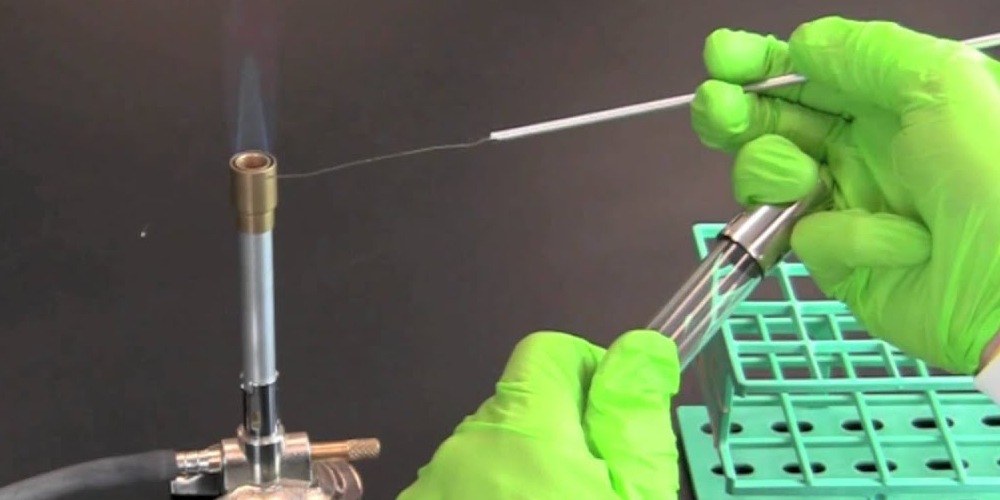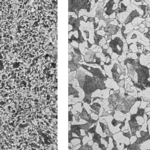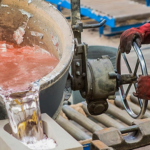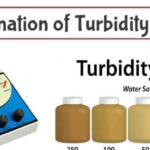Introduction
Aseptic technique is used for several procedures by microbiologists. These procedures include transferring cultures, inoculating media, isolation of pure cultures, and for performing microbiological tests. Thus, this experiment is a very important one which serves as basics for other microbiology procedures. Aseptic techniques involves using procedures to prevent contamination from pathogens.
During aseptic technic,
- Disinfect the tables with antibacterial cleaner.
- Wear gloves and lab aprons.
- When labelling Petri plates, always write on the bottom of the plate.
- When using incinerators, give them ample time to warm up before sterilizing loops or needles. DO NOT leave loops or needles unattended in the incinerators. They will melt!
- When inoculating cultures, always sterilize your loop or needle before going into a culture and after transferring it. Sterilize the loop even if you are going back into the same culture again.
- Make sure you let your loop cool first – you don’t want to kill the bacteria.
- After removing the lid of a test tube, briefly flame the mouth of the tube before inserting your inoculating loop, and flame again before replacing the cap.
- Don’t put anything down on the table – loops, needles, pipettes, test tube lids, etc. Once they touch the table they are no longer sterile.
- Loops/needles can be placed temporarily in slots on the sides of incinerators.
- Test tube lids can be held with pinky finger.
- Pipettes should remain in canister until just before use.
- Do NOT leave media open to the air – bacteria and fungi in the air can contaminate the media.
- Don’t over-inoculate! It doesn’t take much inoculum to start a culture. Simply touch the loop or needle to the bacterial growth and obtain a small amount on the loop. Don’t “scrape” the culture, and don’t dig into the agar.
- When streaking onto an agar plate or slant, make sure the loop doesn’t break the surface of the agar. A gentle gliding motion is all that is necessary to distribute the bacteria on the plate.
- When finished, disinfect the tables again with antibacterial cleaner. Dispose of gloves in the biohazard trash, and place aprons back in your designated drawers. Wash your hands!
References
- Keiser, G.E. ‘Laboratory manual’
- Cain, D., Hanks, H., Weis, M., Bottoms, C., and Lawson J. ‘Microbiology Laboratory Manual Biol 2421L Revised Spring Edition’






